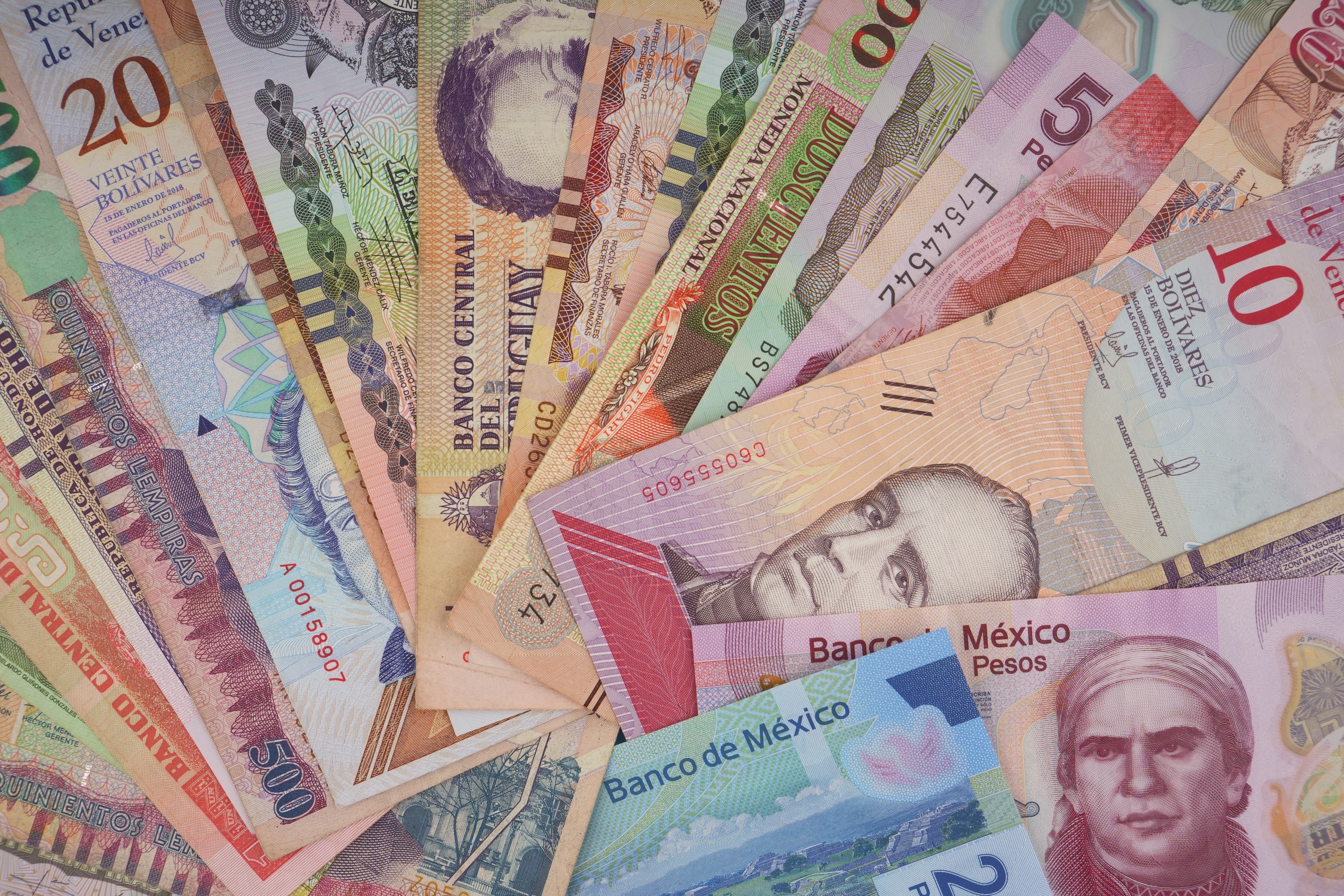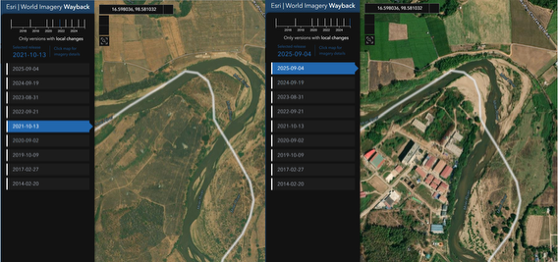The digital revolution in Latin America's financial sector has brought undeniable benefits for banking inclusion and transaction convenience. This same technological advancement has also been exploited by fraudsters and criminal organizations to launder money through the legitimate banking system—a phenomenon growing at an alarming rate. Regulatory fragility, absence of penalties, and enforcement challenges have allowed these practices to persist, generating significant losses for customers and businesses while even contributing to public safety threats such as extortion and kidnapping.
The popularization of digital financial services has revolutionized how millions of people move money across Latin America. In Brazil, PIX has reached the milestone of 26 billion transactions in 2024, according to data from the Central Bank of Brazil. Meanwhile, in Mexico, solutions like CoDi have expanded, and now, the new DiMo payment model is broadening the instant payment ecosystem still further. While this mass access to financial services is positive for inclusion, it has also created an environment ripe for criminal exploitation, presenting new security challenges throughout the region.
Money mules in the digital era
Criminal modus operandi is constantly evolving. Using sophisticated social engineering techniques, bad actors recruit mules through fraudulent job offers or promises of easy money. In some cases, victims have their data stolen and used without their knowledge to open accounts. In other instances, recruited individuals knowingly participate in the process.
In November 2024, former Central Bank of Brazil President Roberto Campos Neto articulated a decisive shift in regulatory approach to combat the rising tide of financial fraud. "Fraud occurs because there is a receiving account," he said, signaling a fundamental reorientation in policy priorities. This pronouncement marked a significant evolution for the monetary authority, which, having successfully championed financial democratization through the PIX instant payment system, now recognizes the imperative to balance widespread access with sophisticated security protocols to protect Brazil's financial ecosystem from criminal exploitation.
This strategic recalibration reflects mounting concern among regulatory authorities regarding the central role mule accounts play in facilitating digital fraud schemes across Latin America. The Central Bank's position exemplifies a growing consensus throughout the region: As digital payment infrastructures mature and achieve mainstream adoption, regulatory frameworks must evolve in parallel to counter increasingly sophisticated financial crimes while preserving the substantial gains in financial inclusion achieved over the past decade.
Progress and gaps
Outside of Latin America, several countries have implemented effective measures that could serve as models for the region. In the United Kingdom, the Payment Systems Regulator (PSR) introduced a mandatory reimbursement scheme for Authorized Push Payment (APP) fraud victims that came into effect last October. This replaced the earlier voluntary Contingent Reimbursement Model (CRM) Code. This creates strong incentives for financial institutions to strengthen their fraud prevention mechanisms while providing consistent protection for consumers.
In Australia, the ePayments Code established a voluntary framework that has helped reduce the financial impact of certain types of fraud on consumers. According to the Australian Competition and Consumer Commission, while there has been a reduction in losses from banking fraud following the implementation of regulatory measures like this one, scam victims often still bear significant financial losses. Australia's approach represents progress in consumer protection.
In Brazil, Resolution No. 6/2023, published by the Central Bank of Brazil (Bacen) and the National Monetary Council (CMN), establishes guidelines for sharing data and information about fraud indicators among financial institutions, payment institutions, and other entities authorized by Bacen. The main objective is to strengthen fraud prevention in the National Financial System.
In countries with stronger regulations, we observe a reduction in fraud, likely due to increased investments in security measures.
Technology as a solution
No investment will be as vital to the immediate- and long-term health of financial institutions in Latin America as an investment in behavior- and device-based solutions. If regulation is what’s needed to spur mass adoption of this technology, then the region must move to regulate mule accounts.
When a fraudster or money mule accesses an account at a bank deploying our solutions, our machine learning models recognize, in real time, how this bad actor’s behavior deviates from the accountholder’s, allowing the financial institution to stop the transaction before the fraudster realizes any gains.
This ability to identify money mule accounts before fraudulent transactions are completed represents a crucial additional layer of protection for financial institutions, significantly reducing losses associated with money laundering schemes and fraud.
No time like the present
Combating money mule accounts represents a complex but surmountable challenge for the financial systems in Latin American countries. The cost of inaction is high and growing, not only in direct financial terms but also in the impact on public trust in the financial system and financial inclusion efforts. For the digital banking revolution to fulfill its promise of democratizing access to financial services, it is imperative that regulatory authorities, financial institutions, and consumers act in a coordinated manner to create a safe and reliable digital environment. The moment demands coordinated and decisive action to ensure that the digital financial revolution benefits society without creating opportunities for crime.
The proliferation of money mule accounts represents an urgent challenge for Latin America's financial system. Without a coordinated and effective response – leveraging both international lessons and successful local initiatives to protect consumers and preserve the integrity of the regional financial system – we should expect the crime that fuels and utilizes these money laundering accounts to continue to spread and grow, harming consumers, businesses, and the economy as a whole.
The question is no longer whether Latin America needs to act, but when—and if that response will be fast enough to prevent irreversible damage.



